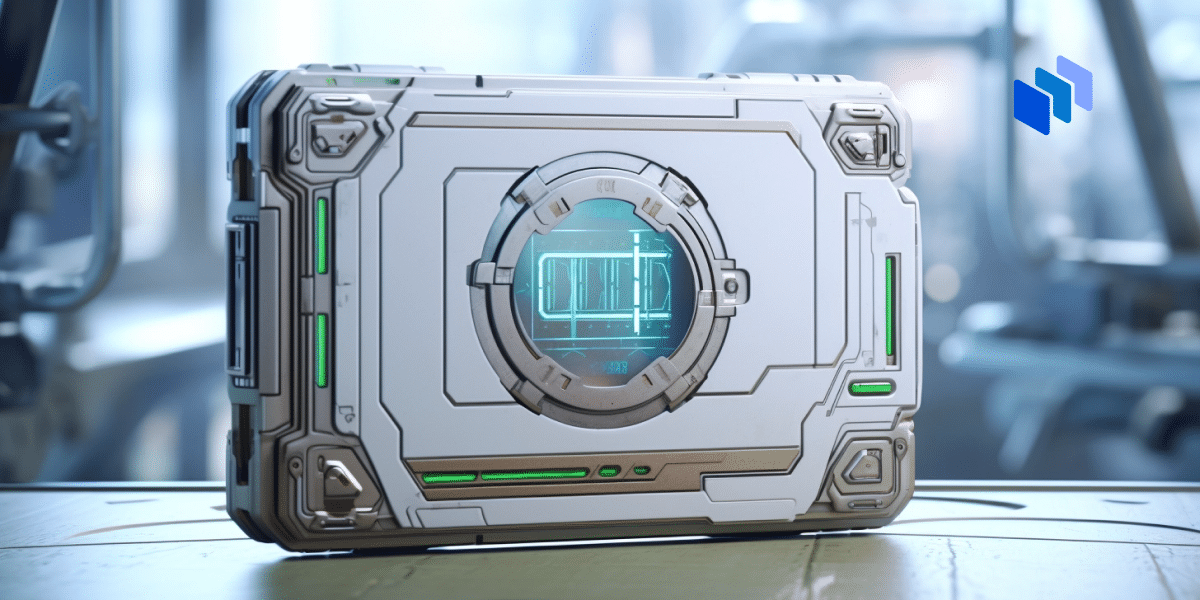What Does Computed Axial Lithography Mean?
Computed axial lithography (CAL) is a process whereby scientists cast various projections onto a type of resin to create a three-dimensional object that is fully formed. It is inspired by the process of computed axial tomography (CAT) that uses multi-angle radiology to provide a three-dimensional model of anatomy for diagnosis.
Techopedia Explains Computed Axial Lithography
Essentially, computed axial lithography directs a three-dimensional video into a photosensitive material in order to create the three-dimensional model. When the fluid is drained off, the remaining material constitutes the drafted piece. Scientists have been able to shoot four beams per three-dimensional space degree into a resin for more efficiency over earlier laser-based methods.
Simply speaking, the computer aided design (CAD) module creates the means for projecting photons into the three-dimensional space that will solidify or “gel” the pieces of positive material in the model. The negative material then represented by the liquid is drained away. This is a revolutionary way to make all sorts of custom parts and pieces for various physical and mechanical systems.





